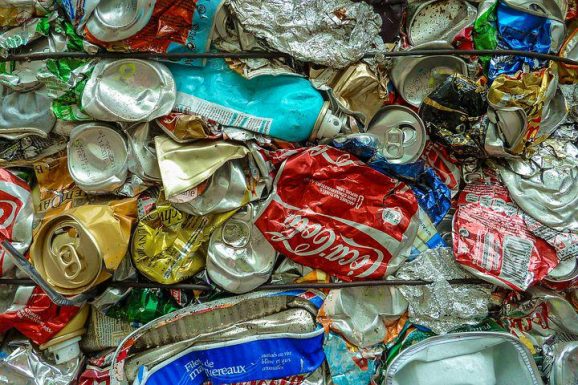Aflați despre beneficiile colectării și reciclării selective a deșeurilor asupra mediului și societății.
Colectarea selectivă și reciclarea reduc adesea impactul negativ al deșeurilor care afectează mediul și societatea.
Colectarea selectivă a deșeurilor presupune gestionarea deșeurilor, prin depozitarea temporară a acestora, pe categorii, în locuri special amenajate, pentru reciclare.
Reciclarea reprezintă colectarea, separarea și prelucrarea produselor/materialelor deja utilizate sau a unor componente ale acestora pentru a fi transformate în noi bunuri utile.
- Reciclarea hârtiei economisește aproximativ 25% din cantitatea de energie electrică și 90% din cantitatea de apă folosită pentru a produce un kilogram de hârtie;
- Cutiile de carton folosite pentru ambalarea bauturilor (lapte, sucuri, de exemplu) sunt realizate din hartie protejata de straturi subtiri de plastic (polietilena). Cutiile aseptice au un strat subțire de aluminiu care facilitează păstrarea conținutului proaspăt mai mult timp, fără a fi nevoie de conservanți, deoarece acest lucru împiedică intrarea oxigenului și a luminii în ambalaj. Cutiile de acest fel pot fi reciclate.
- Din PET-uri reciclate pot fi fabricate o gamă largă de produse: folii de izolare pentru acoperiș, componente pentru industria auto sau pentru corpuri de iluminat, kerosen pentru avioane, textile etc. În același timp, sunt necesare spații foarte mari pentru depozitarea PET-ului. Deci, cel mai bine este să contribui la reciclarea lor.
- Deșeurile petrec diferite perioade de timp în procesul de clasificare naturală a biodelor, ajutate de umiditate, bacterii, lipsă de lumină etc.:
- coji de fructe si legume – 2-5 luni;
- o pungă de hârtie – 3-5 luni;
- ziare – 3-12 luni;
- un bețișor de chibrit – 6 luni;
- gumă de mestecat – 5 ani
- un pantof din piele – 25-50 ani;
- o doză de aluminiu – până la 100 de ani;
- un PET – peste 500 de ani;
- un card de credit – aproximativ 1000 de ani;
- un recipient de sticlă – vechi de 1.000.000 de ani

